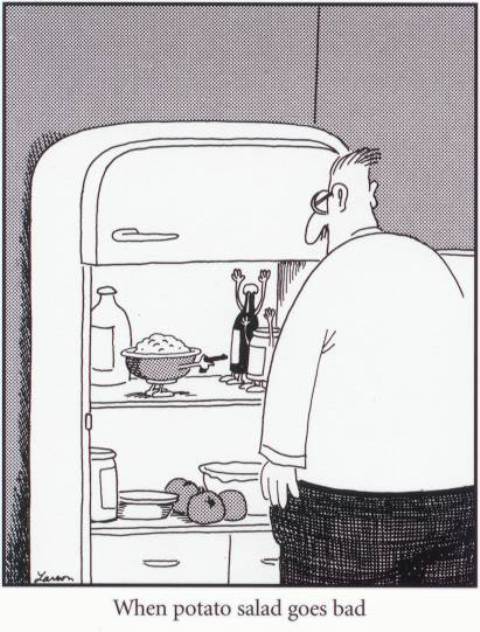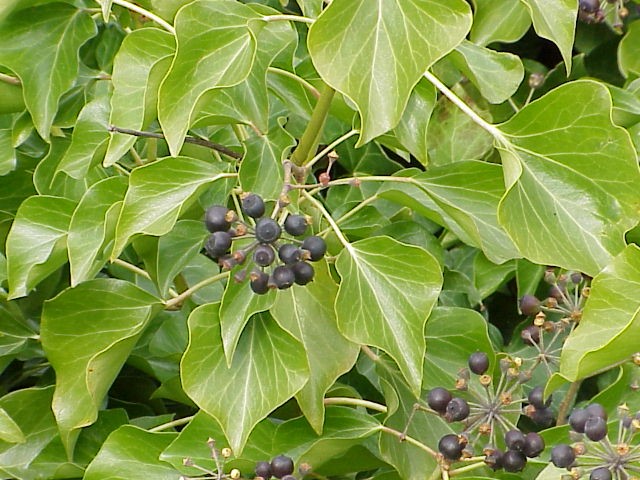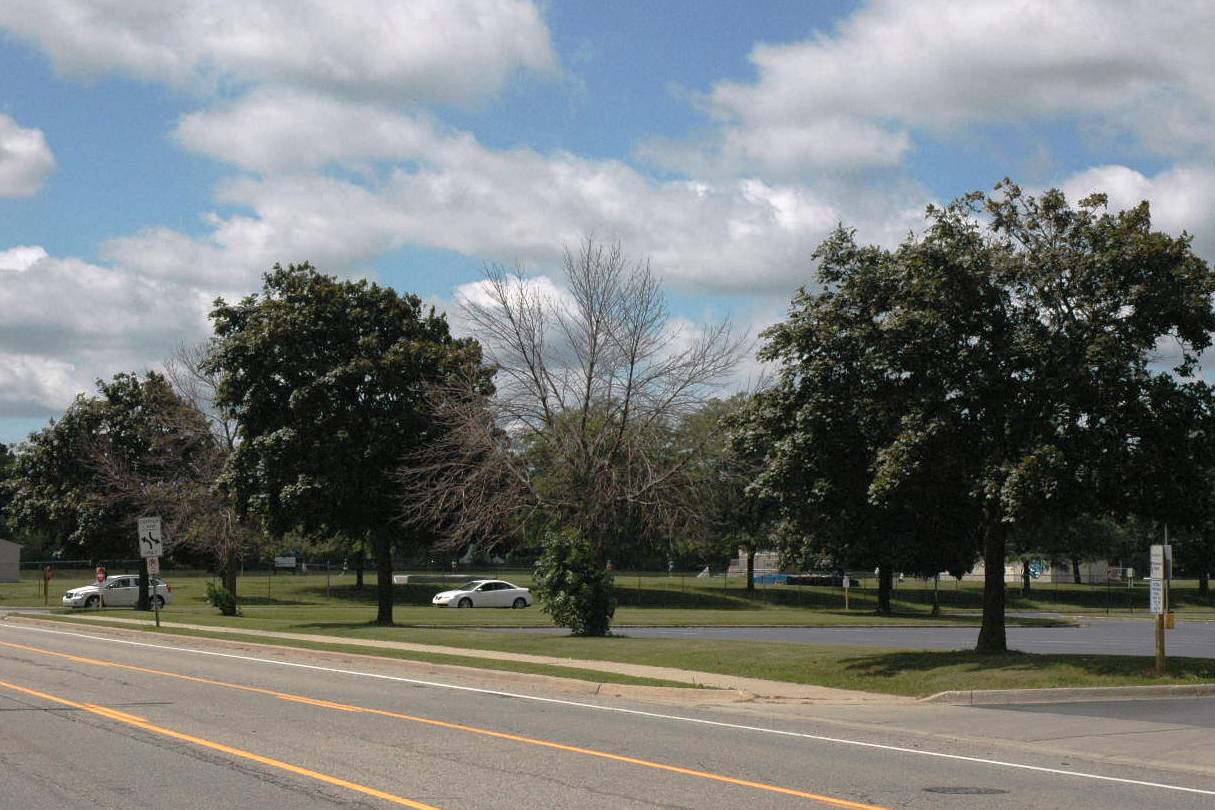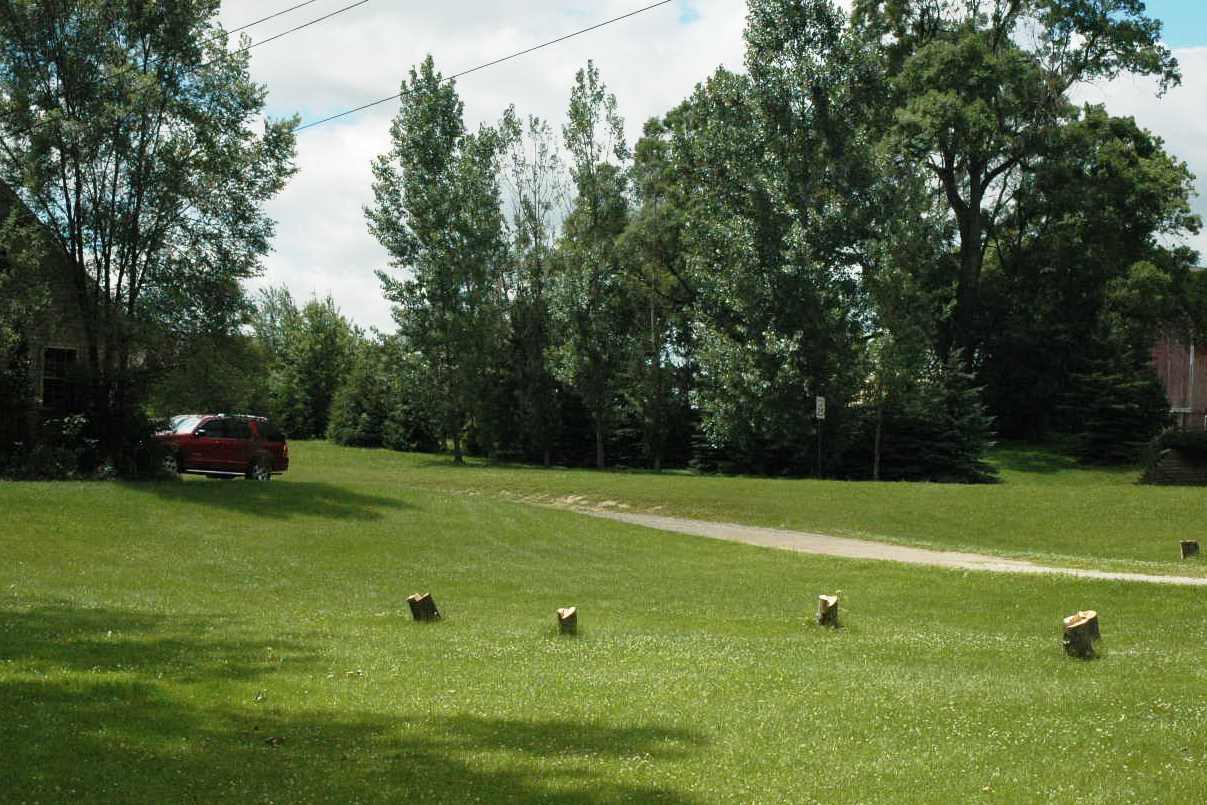As I mentioned in the last post I was in Austria this past week for the International Christmas Tree Research and Extension conference. We hold these meetings every two years for Christmas tree researchers in Europe and North America to get together and share the latest research on various aspects of Christmas tree production and marketing. In addition to research presentations the programs also include tours of local Christmas tree farms, which is always the most interesting part of the conference.
In Austria one of our tour stops was an organic Christmas tree farm operated by Regina and Michael Spenger. For the most part, my views on organic systems are in line with those that Jeff Gilman has voiced here on the GP blog. There are certainly benefits in reducing pesticide use but it’s not a given that an organic approach is always superior to a conventional system. Nevertheless one hallmark of organic production is that growers must be creative and often develop innovative approaches to production issues. This is especially true when it comes to weed control; one of the most difficult challenges of organic growing. Good weed control is essential in Christmas tree production since grasses and broadleaved weeds are aggressive competitors for water, nutrients and light. To control weeds without herbicides the Spenger’s settled on a novel idea: Sheep. Each morning they release a herd of 40 Shropshire sheep into a plantation and let them munch away. The sheep are allowed to graze for a week and then rotated into another field. Shropshires are well suited to the job since they graze readily on the grass and forbs but leave the trees alone. The Spenger’s also get some small additional returns by selling a few lambs each spring as well as some wool. Obviously this approach has limitations but it certainly highlights important aspect of the organic movement that can benefit all production systems: looking at problems in a different way and thinking creatively.
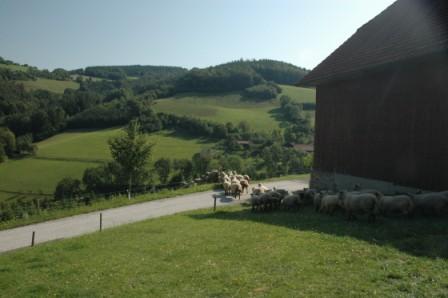
The sheep herd heading out to a plantation to start their day’s work…
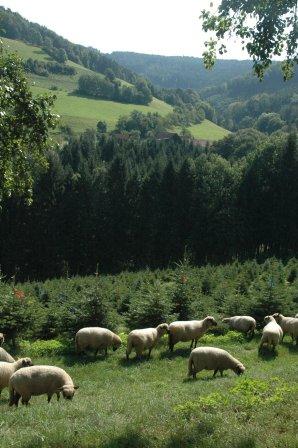
To say that sheep grazing in an Austrian plantation creates an idyllic scene is an understatement.
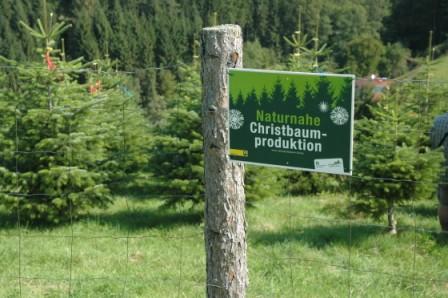
Marketing naturally grown Christmas trees.
</d







